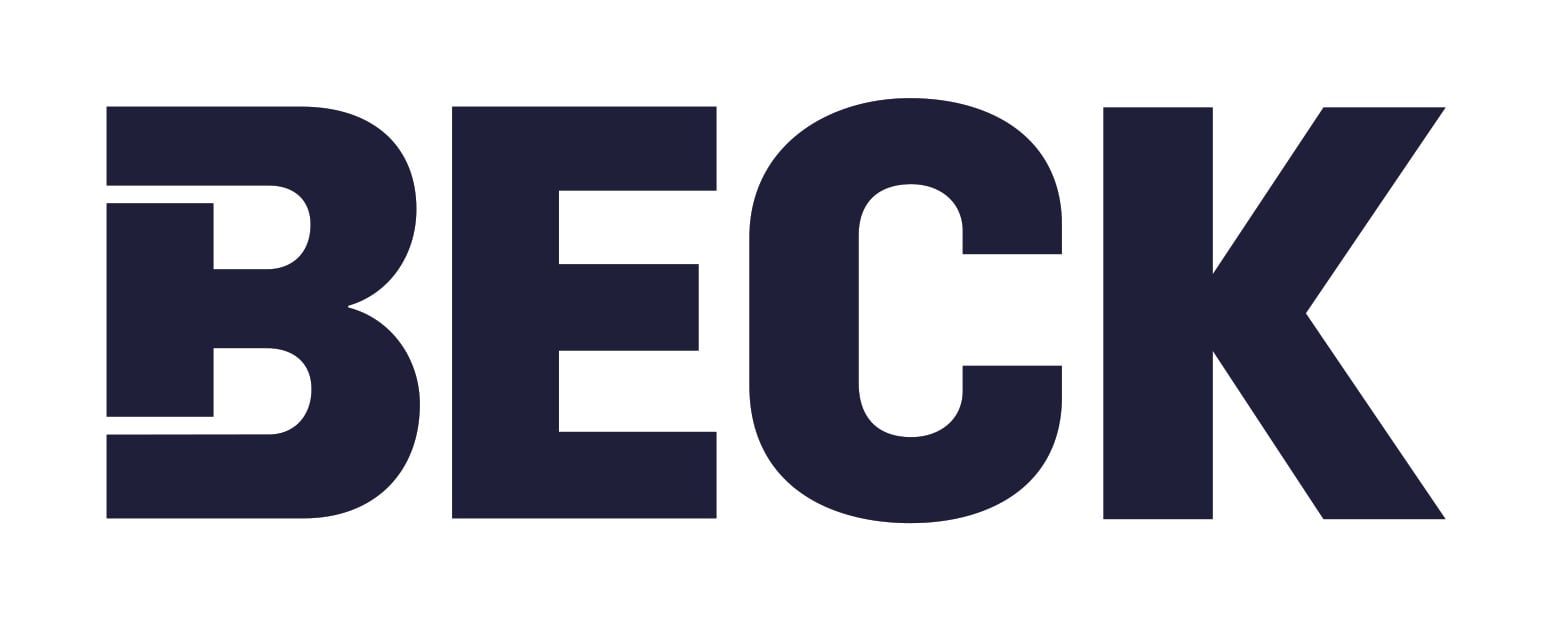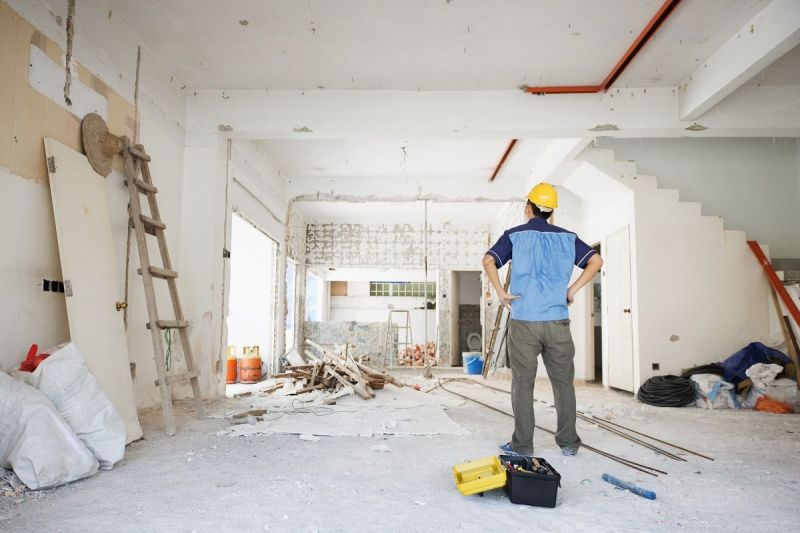Are you curious about drywall and how to use it properly during a construction project? Drywall is one of the most versatile building materials available, but like anything else, it has to be used correctly.
In this guide, we compare drywall to other building materials like plaster, highlight its benefits, and dive into the relationship between drywall and temporary protection products.
Drywall explained
Drywall, also known as gypsum board or plasterboard, is one of the industry’s most widely used materials for constructing walls and ceilings.
Drywall consists of a gypsum plaster core, which is sandwiched between two sheets of heavy paper.
Drywall is very versatile and is popular among professionals for a variety of reasons, including its ease of installation, fire resistance, and smooth finish.
READ ALSO: Temporary surface protection for delicate finishes
What is drywall used for?

Drywall is primarily used during construction projects to create interior surfaces such as walls and ceilings. It serves as the substrate for paint, wallpaper, and other finishes.
Aside from constructing walls and ceilings, drywall has many uses, including:
- Creating soundproof panels and barriers
- Increasing a wall’s fire resistance
- Creating decorative elements such as shelves, arches and columns
- Providing temporary partitions for offices and event spaces
- Serving as a backing material for insulation
- Repairing existing walls and ceilings
Plaster vs drywall
One of the main alternatives to drywall is plaster, and the two are often compared.
Drywall and plaster are both materials used in the construction of walls and ceilings, but there are differences that are worth considering.
For example, plaster is a stronger material than drywall and offers superior soundproofing. On the other hand, drywall is usually better at insulating buildings and is thinner in substance, which can be beneficial depending on the job.
Another difference appears when it comes to application. Drywall is very quickly applied and can require less skill due to its straightforward nature. Meanwhile, plaster is more labour-intensive and requires a skilled craftsman or artisan to achieve a smooth finish.
Plaster is also tougher than drywall, being more resistant to dents, knocks, and scrapes. This can be seen as a major benefit of choosing plaster.
What are the benefits of drywall?
Drywall offers its users several benefits compared to other similar building materials, making drywall a popular choice in the construction industry. The advantages of drywall include:
- Cost-effectiveness: Drywall is generally less expensive than alternative materials and requires few labour costs due to its easy application.
- Ease of installation: Drywall is quick to install due to its large sheets, and the installation techniques are simple, requiring only basic tools.
- Fire resistance: The gypsum used in drywall is non-combustible which adds to the materials safety and helps it to meet building codes.
- Sound insulation: Drywall offers good sound-dampening qualities and can be doubled up for enhanced soundproofing.
- Versatility: Drywall can be customised to fit various shapes and sizes and provide a smooth, aesthetic finish.
- Moisture resistance: Moisture-resistant variants of drywall are suitable for high-humidity areas, such as bathrooms and kitchens.
- Durability and maintenance: Drywall is durable and lasts for many years. It is also fairly easy to repair if damage occurs.
- Environmental impact: Drywall can be recycled, and many manufacturers produce drywall with recycled content.
What roles does temporary protection play?
In the building and construction industry, drywall and temporary protection products complement each other, playing crucial roles during different project phases.
Temporary protection materials are essential for preventing damage to surfaces, and drywall is no different. Everyone involved in a project wants to leave a building looking its best. Bumps, scrapes, and spills can occur when work is undertaken, so using protection products will help guard surfaces such as drywall.
READ ALSO: How to choose the right temporary protection materials
How are temporary protection products used with drywall?

Timing and sequence
Drywall is typically installed after the framing, plumbing, and electrical stages of a build but before the finishing stages, such as painting and flooring.
Once the drywall sheets have been utilised, temporary protection products are introduced to protect walls and other finishes during subsequent construction activities.
Protection during finishing stages
After drywall is installed and finished off with taping and sanding, it can be vulnerable to damage from ongoing construction activities such as painting, flooring, fixture installation, and the transport of equipment.
This is a vital time for temporary protection products to be utilised. Products such as corner guards, surface protection films, and dust barriers can be used to safeguard a site’s finished drywall surfaces.
Minimising damage and rework
Due to the nature of construction work, temporary protection products can help prevent damage from being accidentally inflicted upon drywall. These precautions result in a reduced need for future repairs.
Putting these best practices into place helps ensure that projects stay on schedule and don’t go over the established budget, as the time and cost associated with fixing damaged surfaces are minimised.
Maintaining cleanliness and safety
Another benefit of temporary protection is maintaining cleanliness and site safety. These protection materials can contain dust and debris generated during various activities.
This is particularly important after drywall sanding, which can create a significant amount of dust that can affect other finished surfaces and the health of workers.
Enhancing project quality
A lot of hard work, time, and money goes into a construction project, so it's important that everything is done to ensure a quality result.
Choosing to protect drywall and other surfaces with temporary protection materials will ensure that the final product is presented to clients without any blemishes or defects.
READ ALSO: Benefits of reusable temporary protection products
Temporary protection materials for your next drywall project
There is a wide range of temporary protection materials that can be used throughout a construction project, depending on the situation and surface in question.
To make sure your next drywall project has the protection it needs, take a look at our dust protection, polythene sheeting, and corner protection products.
Here at Beck, we are the temporary protection experts, and our Proguard range will help you get the job done right. If you have questions about the best solution for your project, please contact us.






